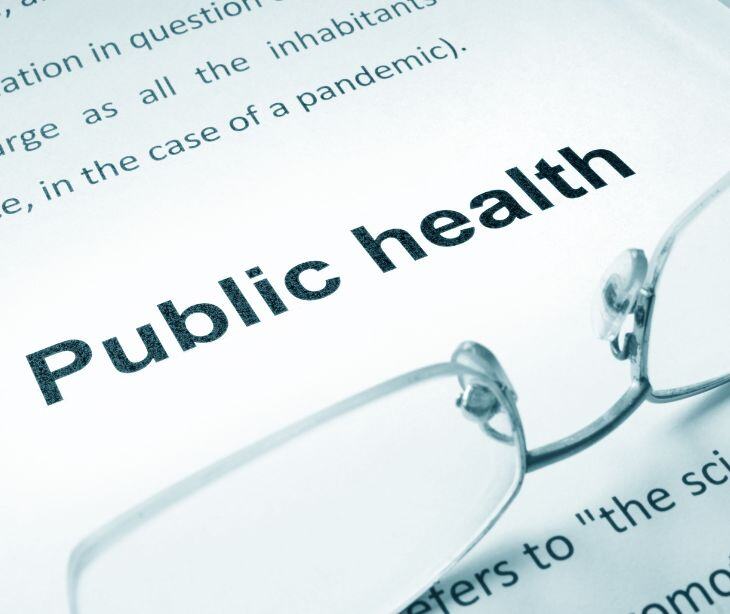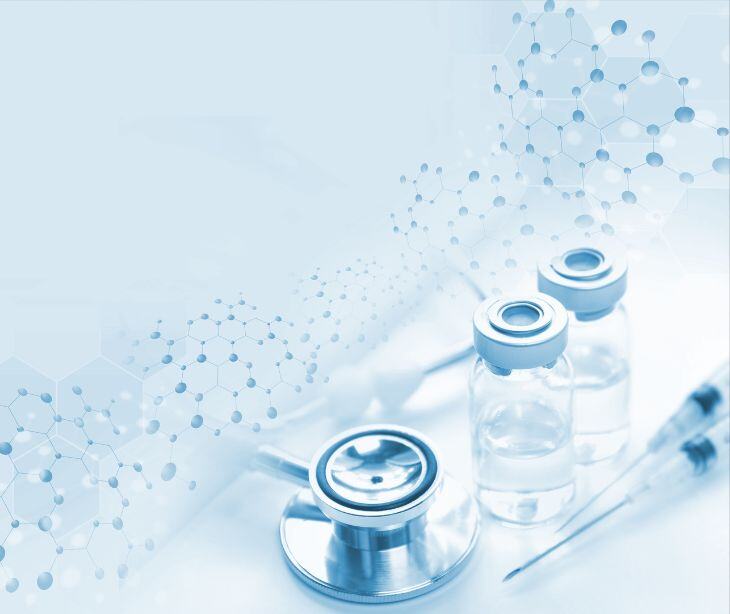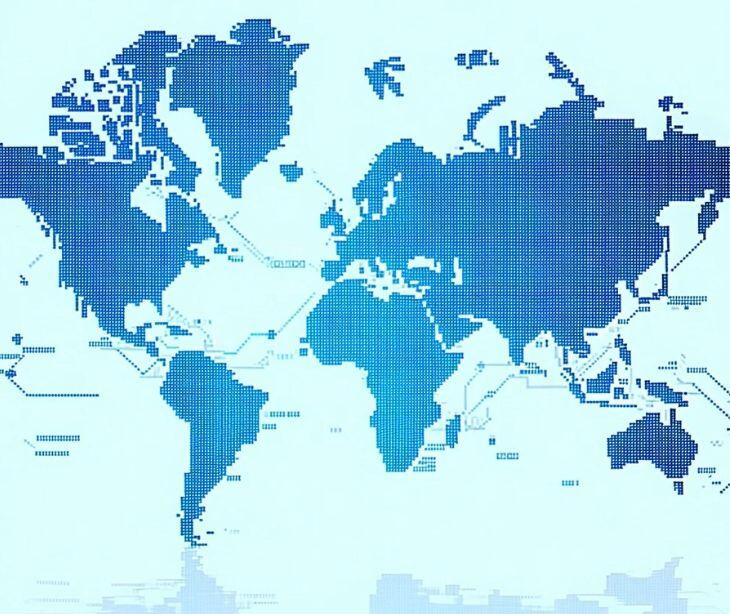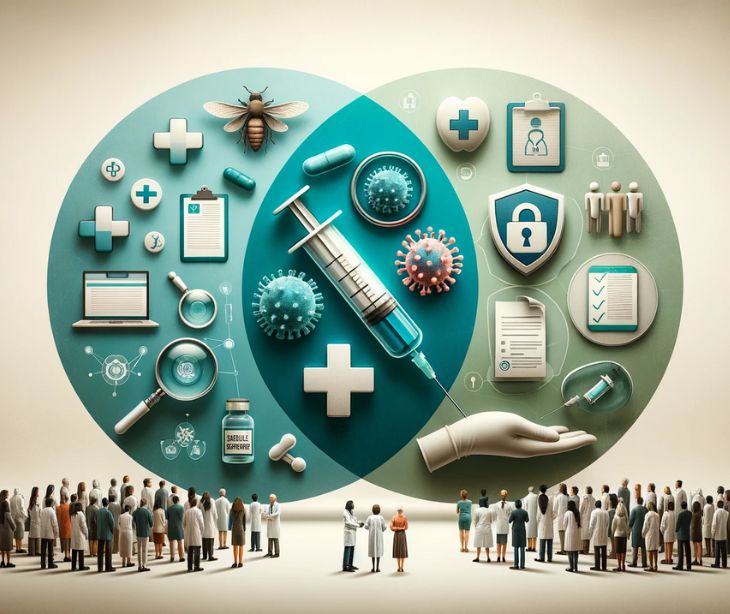2 min read
The role of HIPAA in shaping public health surveillance efforts
Kirsten Peremore
July 10, 2024

Public health surveillance is a method of assessing the health landscape of a community to detect any troubling signs or symptoms of disease before they spread widely. A study titled, Public Health Surveillance, states, “Surveillance systems are often thought of as information loops involving healthcare providers, public health agencies and the public.” This system gathers detailed information about what illnesses are cropping up, where they are occurring, and how fast they are spreading. Think of it as the healthcare world's way of keeping its finger on the pulse of public health.
The purpose of this vigilant monitoring is not just about collecting data; it's about using that data smartly and swiftly to protect and improve the public's health. By identifying trends and patterns in health-related issues, public health officials can predict outbreaks, understand the impact of a health threat, and take action early. This could mean vaccinating populations, issuing health advisories, or mobilizing healthcare resources to areas in need.
The function of HIPAA in public health efforts
Under the HIPAA Privacy Rule, specifically Section 164.512(b), health professionals are permitted to share health information without individual consent when it serves the public good. This includes reporting diseases to the Centers for Disease Control and Prevention (CDC), notifying public health authorities about exposures to communicable diseases, or even sharing information during emergencies like natural disasters or epidemics.
This provision means that during a health crisis, data can reach public health officials quickly and efficiently. In the end, this allows them to act swiftly to manage or contain health threats. This could involve deploying resources, alerting affected communities, or implementing quarantine measures. The ability to share information promptly and securely not only aids in immediate response efforts but also supports longer term public health planning and intervention strategies.
Using HIPAA compliant communication for public health surveillance efforts
- HIPAA compliant emails must be encrypted at rest and in transit. Encryption protects sensitive health information from being intercepted during transmission.
- When using email for public health surveillance, disclose only the minimum necessary protected health information (PHI). Carefully consider the type and amount of data necessary for the specific public health activity and ensure that only that data is shared.
- Create segmented email groups based on the specific roles or needs within public health surveillance activities. For example, separate groups for epidemiologists, public health nurses, and data analysts can ensure that communications are targeted and relevant.
- Implement secure email gateways that automatically scan incoming and outgoing emails for PHI and ensure compliance with HIPAA rules. These gateways can filter out unauthorized attempts to send PHI to noncompliant systems or alert administrators about potential breaches of protocol.
- Develop templates or standardized forms for reporting and communicating that include prompts to ensure only the minimum necessary information is included.
- Utilize automated tools that redact sensitive information from emails before they are sent. This can be particularly useful when dealing with large volumes of data or when automating certain types of communications, such as reports to nonspecific recipients.
- Instead of attaching large data sets directly in emails, use time limited access links that lead to secure, encrypted web portals. These links expire after a set duration, reducing the risk of data exposure.
- Incorporate digital signatures and certificates to verify the sender's identity and ensure the integrity of the email content.
See also: Top 12 HIPAA compliant email services
FAQs
What is public health?
Public health is the practice of protecting and improving the health of people and their communities through prevention, education, and policies.
What is the Privacy Rule?
The Privacy Rule is a part of HIPAA that sets standards for how personal health information should be protected and when it can be shared.
What is protected health information?
Protected health information, or PHI, is any health related information that can identify an individual and is used or disclosed during providing healthcare services.
Subscribe to Paubox Weekly
Every Friday we'll bring you the most important news from Paubox. Our aim is to make you smarter, faster.



